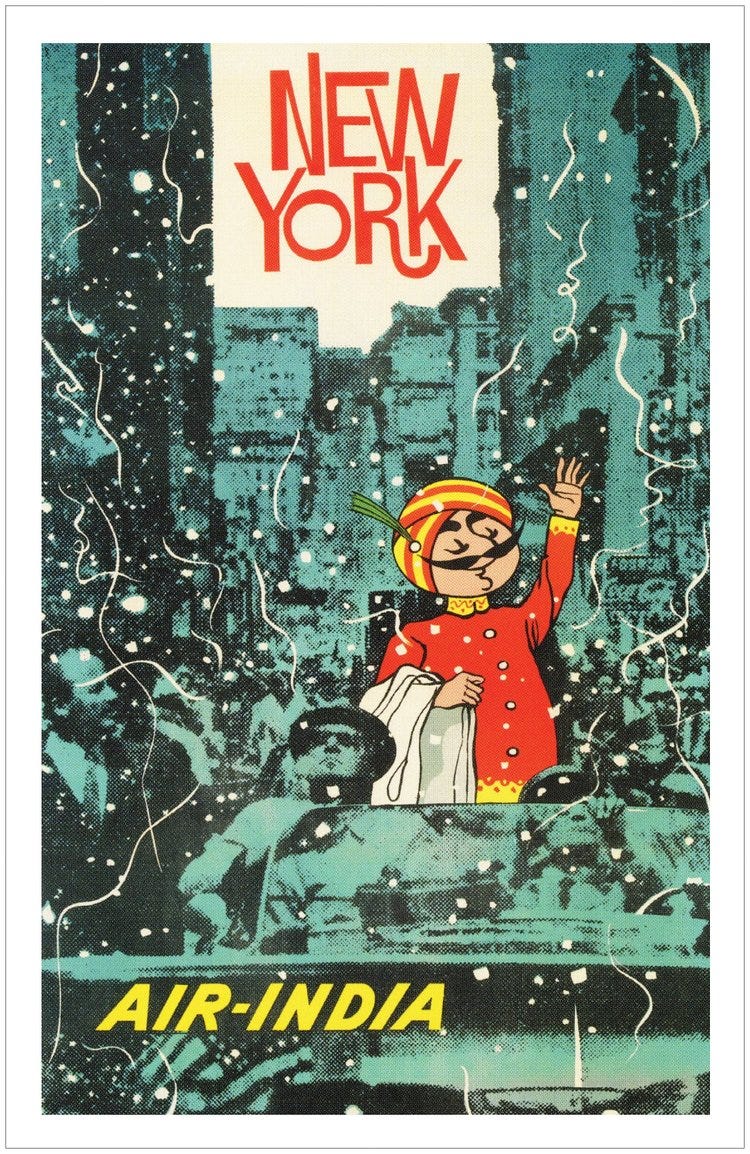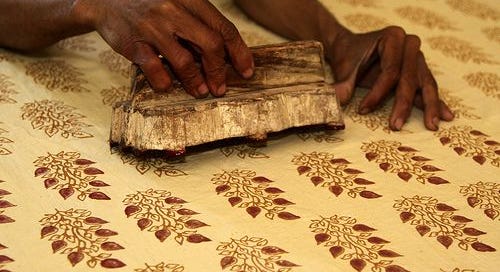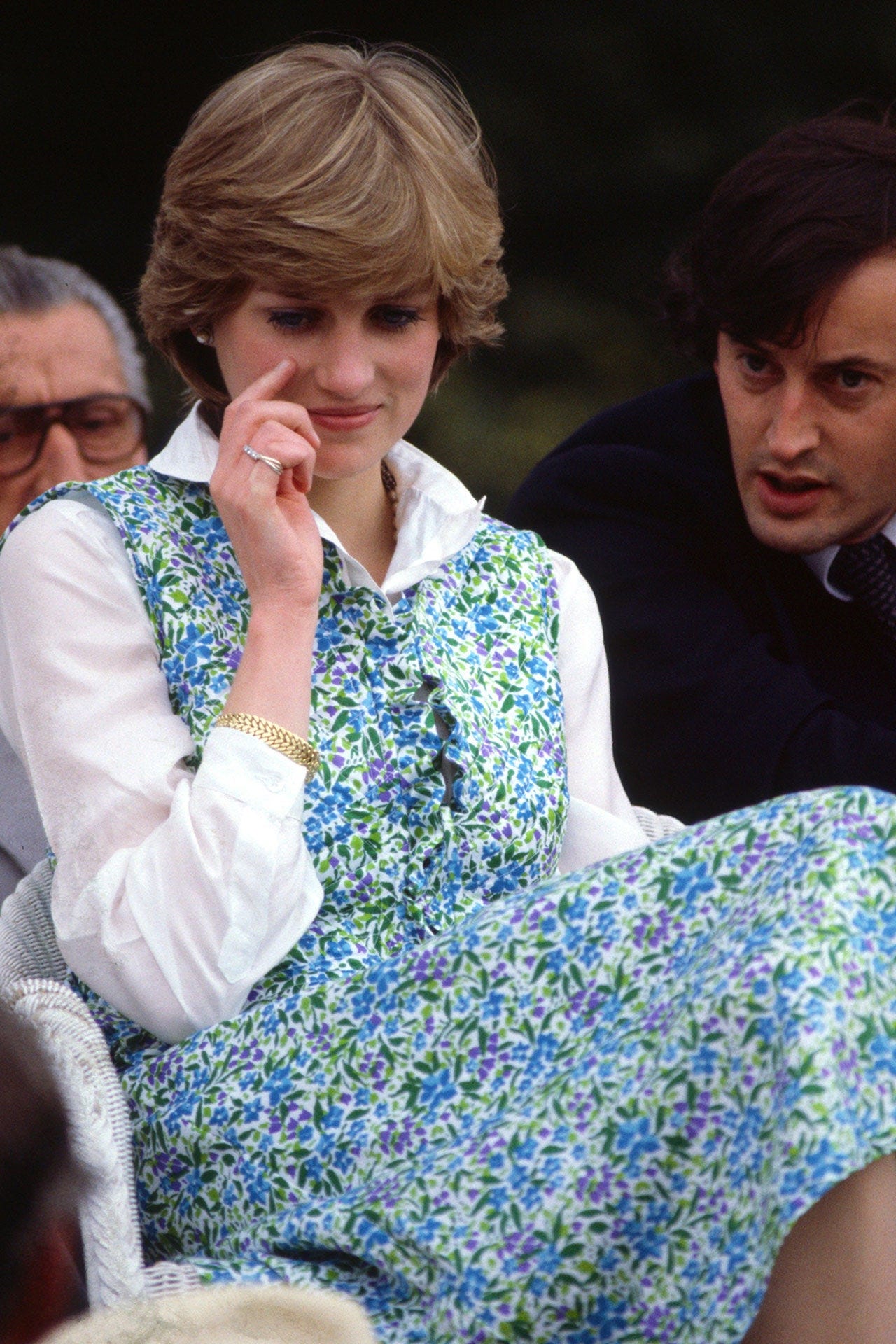Welcome to the Brown History Newsletter. If you’re enjoying this labour of love, please do consider becoming a paid subscriber. Your contribution would help pay the writers and illustrators and support this weekly publication. If you like to submit a writing piece, please send me a pitch by email at brownhistory1947@gmail.com.
Don’t forget to check out our SHOP and our Podcast.

From Cheent to Chintz
Chintz, a term echoing with vibrant patterns and refined luster of times past, is currently enjoying a renaissance within the realm of contemporary design. While its resurgence often draws inspiration from 19th-century traditional English and Dutch aesthetics, the origins of Chintz can be traced back to the vibrant landscapes of South Asia. The very essence of the word "Chintz" has roots in Urdu/Hindi, in which the fabric was known as “Cheent” denoting 'variegated or speckled.' Originally, chintz manifested as a cotton textile adorned with vibrant, hand-block-printed, painted, glazed, or stained designs set against a pristine white backdrop.
Renowned for its vibrancy, intricacy, and enduring charm, traditional Chintz graced items like palampores, tent panels, and ceramics, featuring botanical or pastoral imagery. From the 16th to the early 19th centuries, this opulent fabric, distinguished by its innovative colours and designs, held an unparalleled allure globally. South Asian artisans, honing their skills over millennia, devised ingenious techniques to affix vibrant dyes to cotton, employing intricate chemical formulas that still evade complete comprehension in the realm of modern science.






